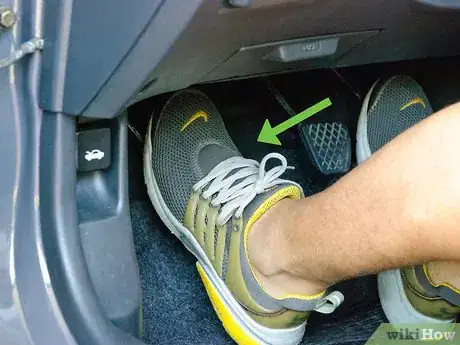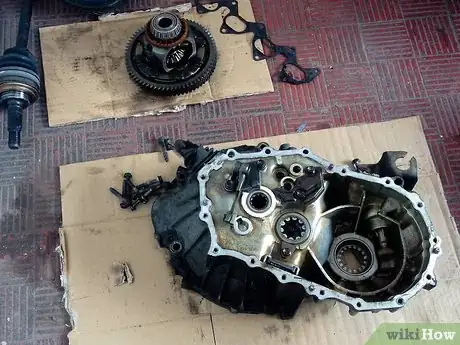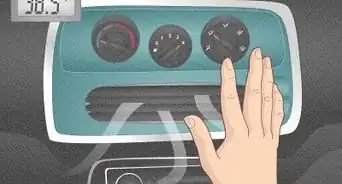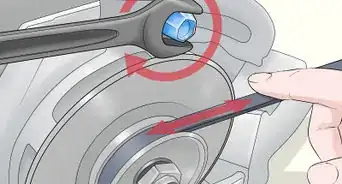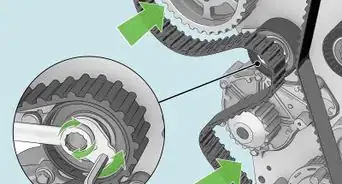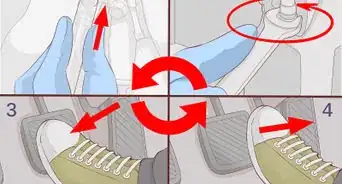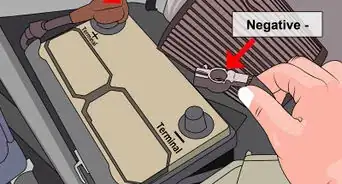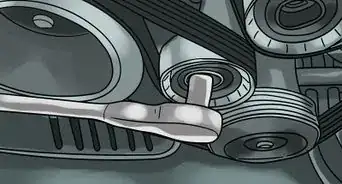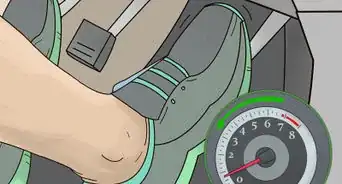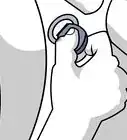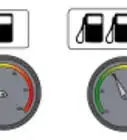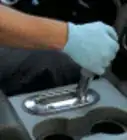X
This article was co-authored by Andrew Quinn. Andrew Quinn is a Master Mechanic in Kansas City, Missouri. He is ASE (Automotive Service Excellence) certified and has over 9 years of experience working with companies such as Valvoline, Instant Oil Change, National Tire & Battery, and Tires Plus.
This article has been viewed 325,522 times.
All vehicles with a manual transmission will have a friction clutch between the engine and gearbox, allowing the driver to pull away from a standstill and change gears. Clutches are hard wearing, but do need periodic replacement as the clutch wears down.
Steps
-
1Identify the symptoms of a worn clutch. Usually this is characterised by the clutch slipping as you apply power — the engine speed will increase greatly when you try to accelerate, even though the clutch pedal is not pressed. Under normal driving, a healthy clutch will 'lock' the engine to the transmission, so its speed should be directly linked to changes in the vehicle speed.[1]
-
2Make sure the clutch itself is at fault. If your vehicle has a hydraulically-operated clutch, eliminate air in the system by bleeding the hydraulic circuit, as you would with the braking system.[2] A cable-operated clutch could be suffering from a seized or jammed cable, preventing the clutch from taking the full torque from the engine.[3]Advertisement
-
3Have the clutch replaced as soon as possible. Clutch replacement is an involved job, requiring removal of the transmission to access the clutch. Unless you are an experienced home mechanic, book your car into a garage to have the work done.[4]
Advertisement
References
About This Article
Advertisement

